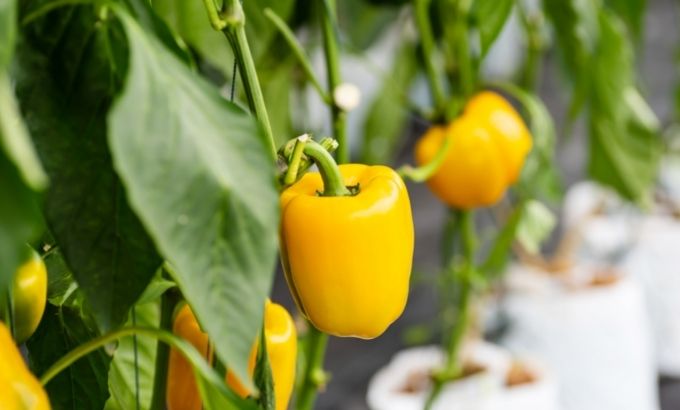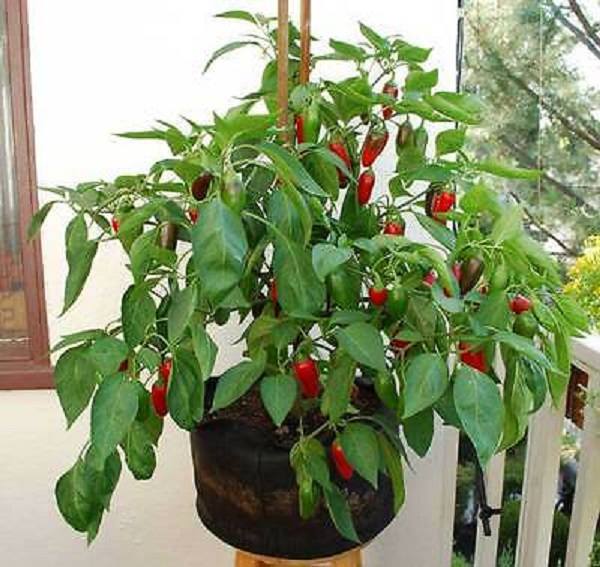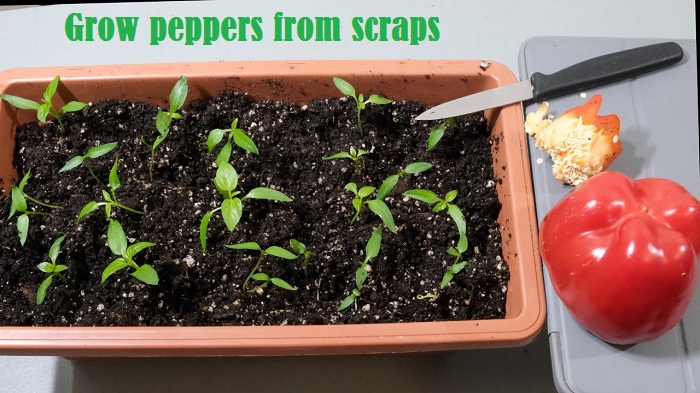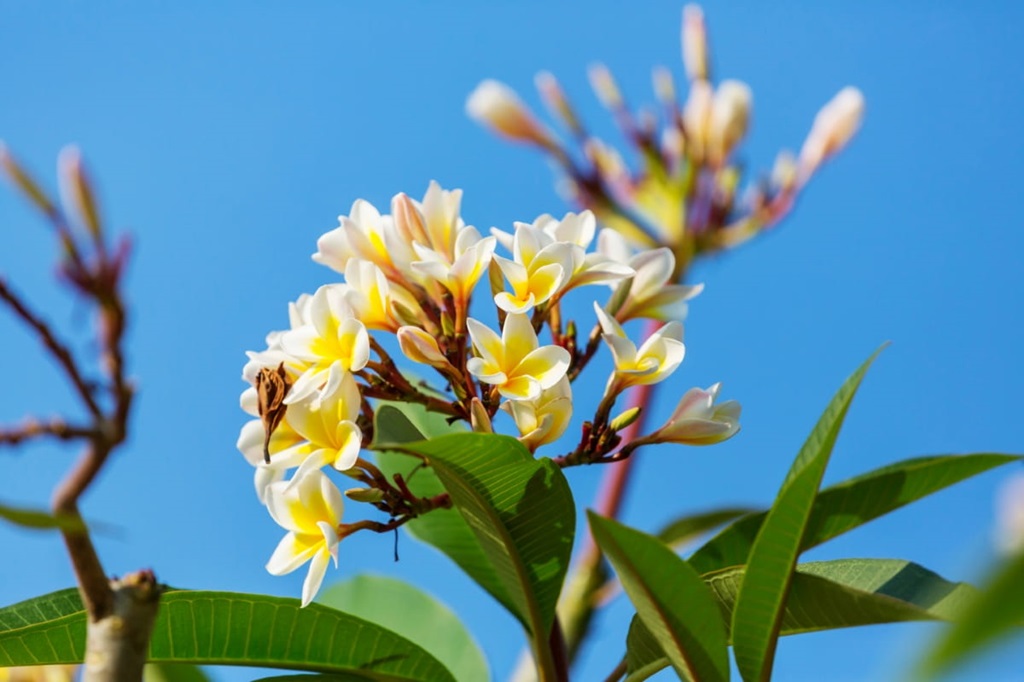Peppers are a plant belonging to the nightshade family, such as eggplant, potato and tomato. Its scientific name, capsicum annum, derives from the Greek kapto, “to bite,” alluding to the aromatic properties of the fruit. In fact, among the varieties of this species, we find both sweet peppers and hot peppers.
Here we go to deepen the operation of growing peppers from scraps. Those wishing to try their hand at spicy varieties will find on Orto Da Coltivare a guide specifically dedicated to the sowing of peppers. Even if it is the same species among the very spicy varieties, some plants have particular climatic needs and a slightly different sowing period than the sweet pepper.
Tips for growing peppers from scraps
So let’s see how and when to sow the pepper, cultivation that can give great satisfaction, repaying its needs in the field, even producing 2 kg of fruit per plant.

When to sow peppers?
The pepper plant is often described as a “chilly” species. It does not tolerate too cold temperatures. In the field, it is necessary to wait until the minimum temperatures are stably above 15 ° degrees, even at night. During the day, the thermometer should reach 25 ° degrees. To obtain a better harvest, it is worthwhile to anticipate the times and sow in the seedbed.
Anticipate sowing
In much of Italy, waiting for these outside temperatures means being too late: the ideal would be to have the plants already formed by April May so that they can produce all summer. Therefore it is advisable to evaluate protected sowing, which allows to speed up the times.
The protected seedbed can simply consist of a structure with transparent sheets or glass, which exploits the greenhouse effect. It can have a warm bed, that is, soil, manure and compost that decompose ferment, increasing the temperature of the earth. We can also raise the temperatures with the help of a simple heating mat or special cables.
The right moon phase
There is no firm evidence of the effects of lunar cycles on crops. We know that this is an ancient tradition widespread in many agricultural cultures worldwide and has carried on for centuries. We can freely choose whether or not to follow these ancient traditions. The peppers are fruit vegetables then wanting to follow the phases of the moon. The sowing must be carried out in a crescent moon, a period which is favorable to the aerial part of the plant, including the production of flowers and then fruits. If they are sown in the waning phase, we will see the plants grow the same and still harvest excellent peppers. However, it is said that in the growing moon, the plant gives better results.
How to sow?

The pepper seed is quite small. In fact, in 1 gram, we find about 150. This means that if we sow in the field, we must prepare a well-leveled seedbed, while to put it in a jar, we must use very refined soil. In both cases, care must be taken to place it at a shallow depth.
The germinative duration of the seed is 4-5 years, but as it ages, the seed dries up more and its outer integument becomes harder and harder. In practice, the older a seed is, the easier it is for it not to germinate. A useful trick to facilitate germination is to take a bath in pre-sowing chamomile infusion.
The sowing operation itself is trivial. It is simply a matter of putting the seed under a light layer of earth. As already mentioned, the pepper is sown shallow: approximately from 5 to 10 millimeters deep. What makes the difference are the precautions before and after sowing: first in working the soil, controlling the temperature, which must be between 20 and 30 degrees, and in constant irrigation but never in excessive doses.
The sprouting times vary according to the climatic conditions, but in general, the pepper takes at least 12-15 days to appear. Considering that not all seeds will be born, it is better to put three or four seeds in each jar (or in each stall if sown in the field) to ensure that something is born. We can thin out later.
Soil preparation
Peppers require soils that are very rich in nutrients, especially magnesium and calcium; basic fertilization before sowing is strongly recommended, as well as deep digging to favor water drainage.
The preferred soil for peppers is of medium texture, neither too sandy nor clayey. The important thing is that it is rich in organic matter useful for nourishing the plant. It is advisable to work the soil starting from the previous autumn, where possible, otherwise at least one week before sowing or transplanting.
Transplant the peppers
If we have sown in seedbeds, we will simply proceed with the transplant after about a month from transplanting, or in any case when the climate is suitable for welcoming the plant outdoors. To transplant, it is usually expected that the seedling in the pot has reached 15 cm in height, emitting at least 4-5 leaflets. Still, it is essential, as mentioned above, to also wait for the external temperatures to be mild. Let’s remember to check the night ones too.
If the climate is not yet optimal, we can help ourselves with non-woven fabric covers or even with a mini greenhouse such as this model. These measures make us gain a few degrees. Alternatively, if we have sown too soon, we will have to perform a repatching or move the overgrown plant for its small container into a larger jar before the final transplant in the field.
Peppers are a demanding plant in terms of space and nutrients. For this, you need to space the plants at least 50 cm between them. Between the rows instead, we leave 70/80 cm to be able to pass comfortably.
If we have chosen to sow directly in the field, we will not modify a sixth of the plant, but in each hole of about one cm deep, we will insert 3-4 seeds from which we will then select the fittest plant.
Choose the best cultivar to sow
Now let’s take a step back: before sowing, we must identify the variety of peppers we prefer, based above all on our taste or cultivation needs. Suppose there are typical local varieties of our area. In that case, it is certainly worth privileging them, not for parochialism. Still, because over the years, the farmers have probably selected them among the most suitable for the soil and climatic characteristics of the territory. Furthermore, the ancient varieties often prove to be the best for organic cultivation, proving resistant to pathologies and parasites. At the same time, the genetic selection in the laboratory carried out by seed multinationals often requires the use of chemical pesticides.

But of course, to guide the choice, first of all, it must be our tastes and it is advisable to experiment with different varieties in search of the best pepper. Here is a list of the main pepper cultivars that can be sown in the field. The in-depth study on some of these can be found in the post dedicated to peppers to plant.
- Marconi: This pepper is particularly heavy, with an elongated shape.
Asti red pepper: It is one of the most popular varieties, thanks to its square and large shape, thick pulp, and excellent flavor.
California Wonder: The pepper is recommended for its robust and rustic characteristics and its particular productivity. - Red bull horn: This variety is also among the most productive, with fruits that resemble the shape of a horn and can exceed 20 cm in length.
- Giallo di Asti: The variety of sweet pepper with large fruit.
- Magnum and Magnigold peppers: The first red, the second intense yellow, this fruit has a square section, elongated and of excellent size.
- Jolly Rosso and Jolly Giallo: classic varieties of sweet pepper with large fruit.
- Ox horn yellow: the ancient variety of excellent size and elongated shape. From unripe, it is green to pass to yellow when ripe.
- Yellow Pepper from Cuneo or Tricorno Piemontese: this variety of pepper is particularly loved for its digestibility and the simplicity of removing the peel after cooking.
- Nostrano Mantovano: this variety has a green color and is also appreciated for the digestibility of its fruits.




